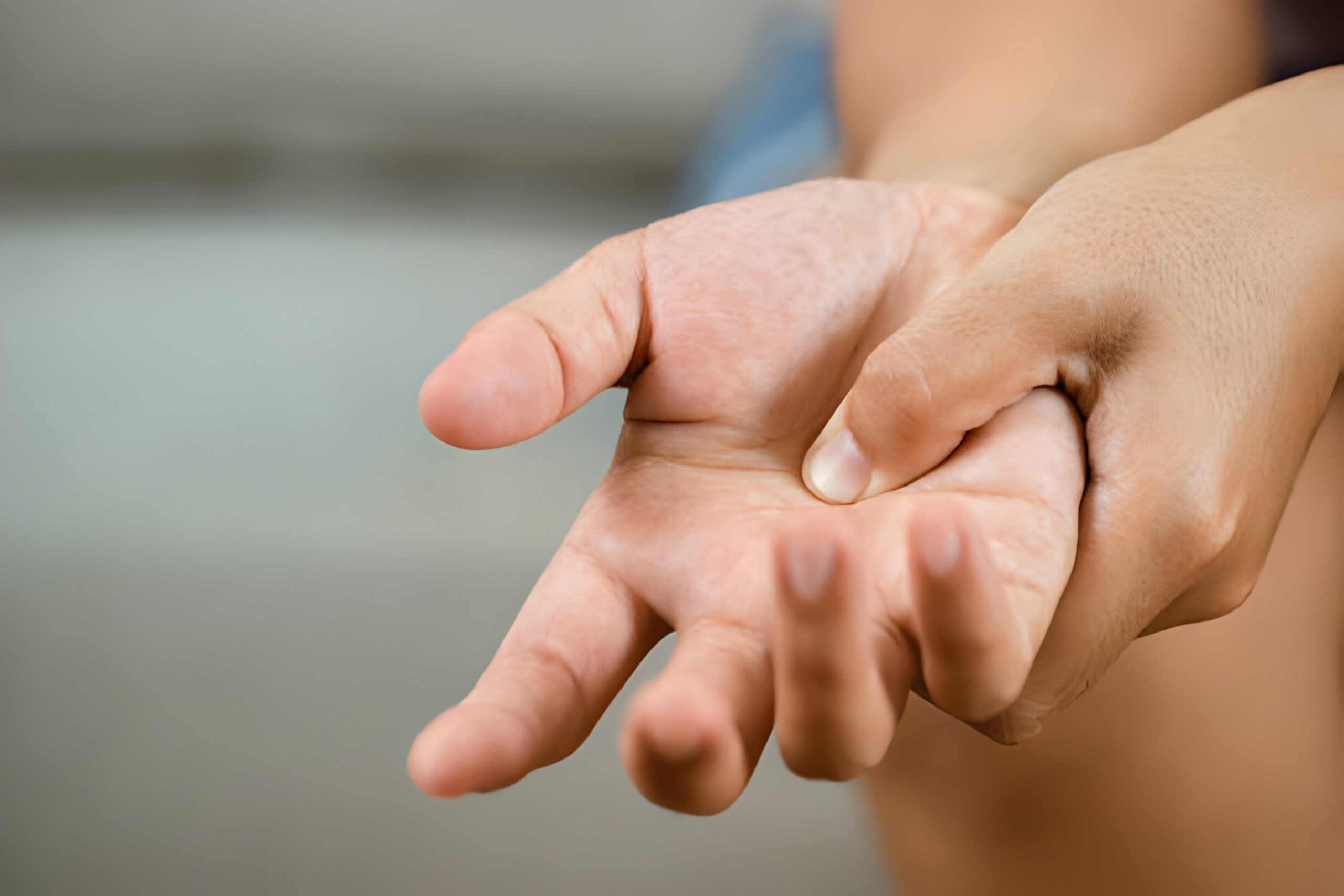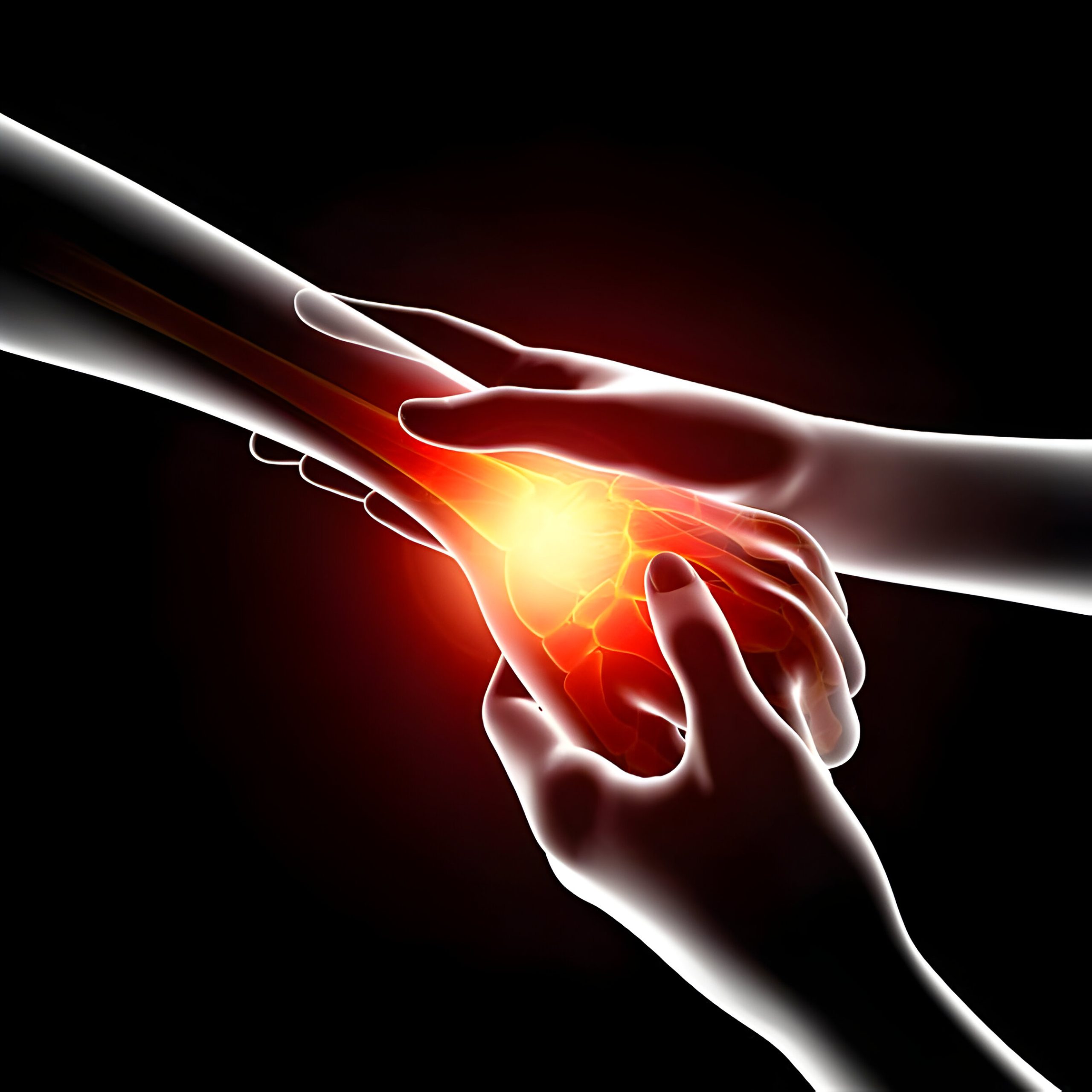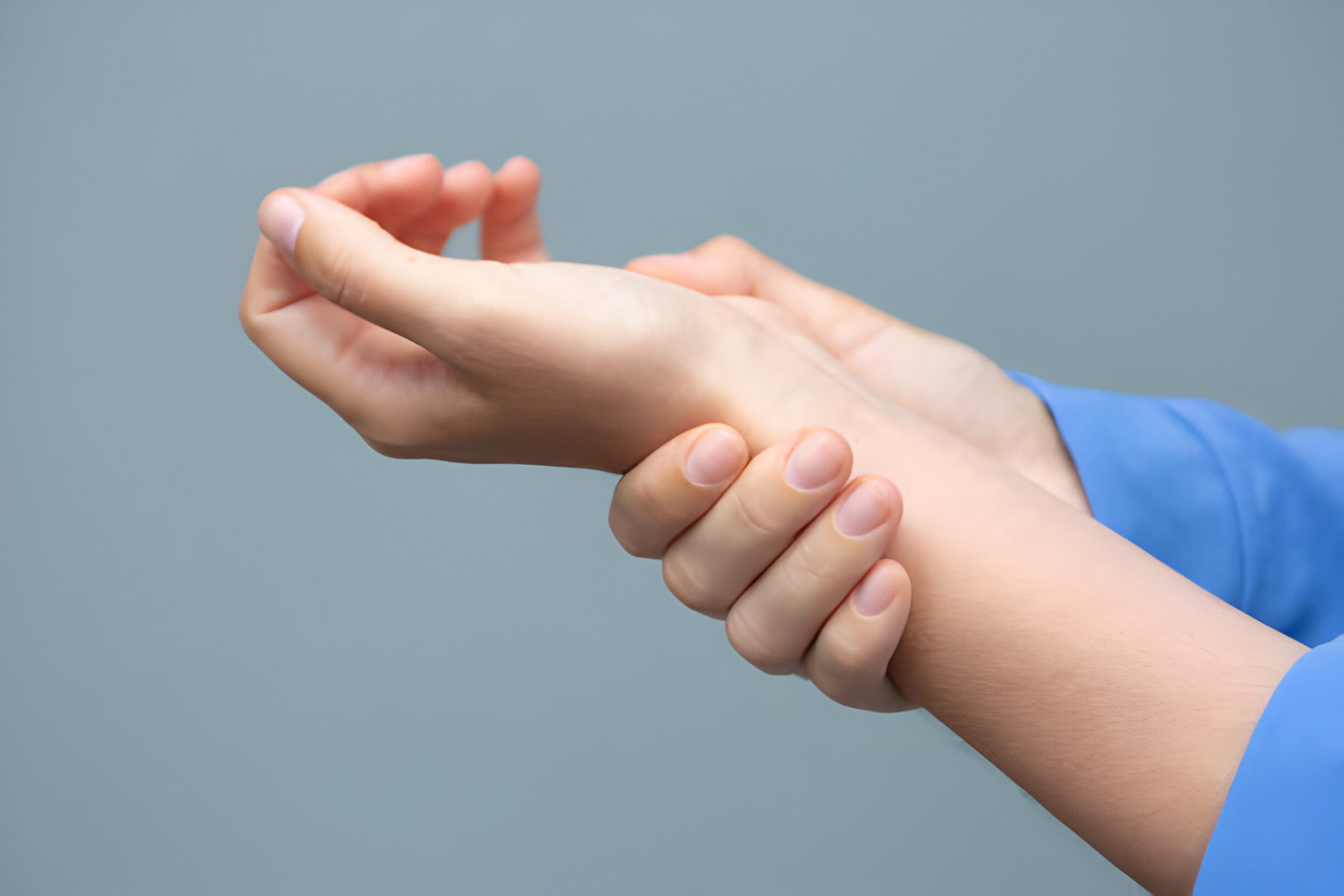A Comprehensive Guide to Trigger Finger
Trigger finger, also known as stenosing tenosynovitis, is a condition that can cause pain, stiffness, and a sensation of locking or catching when you bend and straighten your finger. It’s a common issue that can affect anyone but is particularly prevalent among people who engage in repetitive hand movements. At Veda Medical, we specialize in diagnosing and treating trigger finger, along with other hand and finger conditions like jammed finger and mallet finger. This article will explore what trigger finger is, its symptoms, and treatment options, including when surgery might be necessary.
Understanding Trigger Finger
Trigger finger is a condition where your finger gets stuck in a bent position and then snaps straight, much like pulling and releasing a trigger. This occurs due to inflammation and narrowing of the sheath surrounding the tendon in the affected finger. The primary symptoms include pain, a sensation of locking or catching, and tenderness at the base of the finger. In severe cases, the finger may become locked in a bent position, unable to straighten.
Trigger finger can be caused by repetitive or forceful use of the finger, such as gripping tools or playing musical instruments for extended periods. Other risk factors include medical conditions like diabetes, rheumatoid arthritis, and gout. It is also more common in women and people between the ages of 40 and 60.
Symptoms
- Pain at the base of the affected finger or thumb
- A small, tender lump in the palm
- A clicking or popping sensation when moving the finger
- Finger stiffness, especially in the morning
- Finger locking in a bent position, then suddenly popping straight
Diagnosing trigger finger typically involves a physical examination. Your doctor at Veda Medical will check for tenderness, a lump in the palm, and the characteristic catching or locking during finger movement. In most cases, no additional tests are needed. However, if necessary, imaging studies like X-rays or ultrasounds may be used to rule out other conditions.
Treatment Options for Trigger Finger
Conservative Treatments
1. Rest and Activity Modification
Avoid or reduce activities that aggravate the condition.
Take frequent breaks to avoid overusing the affected finger.
2. Medications
Over-the-counter nonsteroidal anti-inflammatory drugs (NSAIDs) like ibuprofen can help reduce pain and swelling.
3. Splinting
Wearing a splint at night to keep the affected finger straight can help rest the tendon and reduce inflammation.
4. Stretching Exercises
Gentle exercises can help maintain finger mobility and prevent stiffness. These exercises are often performed under the guidance of a hand therapist.
5. Steroid Injections
Corticosteroid injections into the tendon sheath can reduce inflammation and allow more natural movement. These injections are often effective but may not provide a long-term solution for everyone.
If conservative treatments are ineffective or if the condition is severe, surgery may be necessary. The primary surgical procedure for trigger finger is called a trigger finger release. This involves making a small incision at the base of the affected finger to cut the constricted section of the tendon sheath, allowing the tendon to move freely.
Types of Surgical Procedures
- 1. Open Surgery
A small incision is made in the palm near the base of the affected finger. The surgeon then cuts the tendon sheath to release the constriction. This procedure is typically done in a surgery center or hospital operating room but can sometimes be performed in the surgeon’s office. - 2. Percutaneous Release
This less invasive procedure involves inserting a needle into the tissue around the affected tendon to break apart the constriction. It is usually performed in the surgeon’s office and offers a quicker recovery time, though the problem is slightly more likely to recur.
After surgery, some soreness in the palm is normal. Keeping your hand elevated above heart level can help reduce pain and swelling. The incision site usually heals within a few weeks, but mild swelling and stiffness in your hand and fingers may persist for four to six months. A short course of hand therapy after surgery can help teach you how to do home exercises without overdoing it and making the healing take longer.
Trigger finger surgery tends to be very successful, leading to resolution of the triggering, significant improvement in function, and pain relief. It is important to know that if there was a significant loss of finger motion prior to the surgery, it is possible that full motion won’t come back after the surgery. This is one reason that it’s important not to wait too long to take care of this common problem.
Jammed Finger and Mallet Finger: Understanding Other Hand Injuries
- Jammed Finger
A jammed finger is a common injury resulting from the fingertip forcefully hitting an object or person, causing impact or compression on the finger joint. This can injure the ligaments around the finger joint, leading to pain, swelling, and difficulty moving the finger. Treatment often begins with the R.I.C.E. protocol (rest, ice, compression, and elevation) and may include splinting or buddy taping. In severe cases, surgical intervention may be required.
- Mallet Finger
Mallet finger, or baseball finger, occurs when an object strikes the tip of the finger, causing it to bend unnaturally and tear the extensor tendon. This results in a drooping fingertip that cannot be straightened voluntarily. Treatment typically involves splinting the finger in an extended position to allow the tendon to heal. In cases involving fractures or joint misalignment, surgery may be necessary.
Comprehensive Care at Veda Medical
At Veda Medical, we offer comprehensive care for various hand and finger conditions, including trigger finger, jammed finger, and mallet finger. Our expert team of hand surgeons and therapists is well-equipped to diagnose, treat, and manage these conditions to help patients regain optimal hand function and quality of life. We leverage the latest diagnostic tools and state-of-the-art treatment techniques, from conservative management to surgical interventions, as necessary.
Regain Hand Health with Veda Medical
If you or a loved one are experiencing symptoms of trigger finger or any other hand or finger condition, don’t wait to seek professional help. At Veda Medical, our experienced team of hand specialists is dedicated to providing exceptional care and personalized treatment options. With our expertise in hand and microsurgery, state-of-the-art facilities, and compassionate approach, we are committed to delivering outstanding outcomes.
Contact Veda Medical today to schedule a consultation and take the first step towards restored hand and wrist health. Let us be your trusted partner on your journey to improved function, comfort, and a brighter future.
Contact Information:
Phone: 210-566-8332 / 210-361-6617
Location: 12315 Judson Rd., Live Oak, TX 78233
Email: office@vedamedical.com
By addressing the specific needs of each patient and offering a range of treatment options, Veda Medical ensures that you receive the best care possible for your hand and finger conditions. Don’t let pain and discomfort hold you back—reach out to us and start your journey to recovery today.





